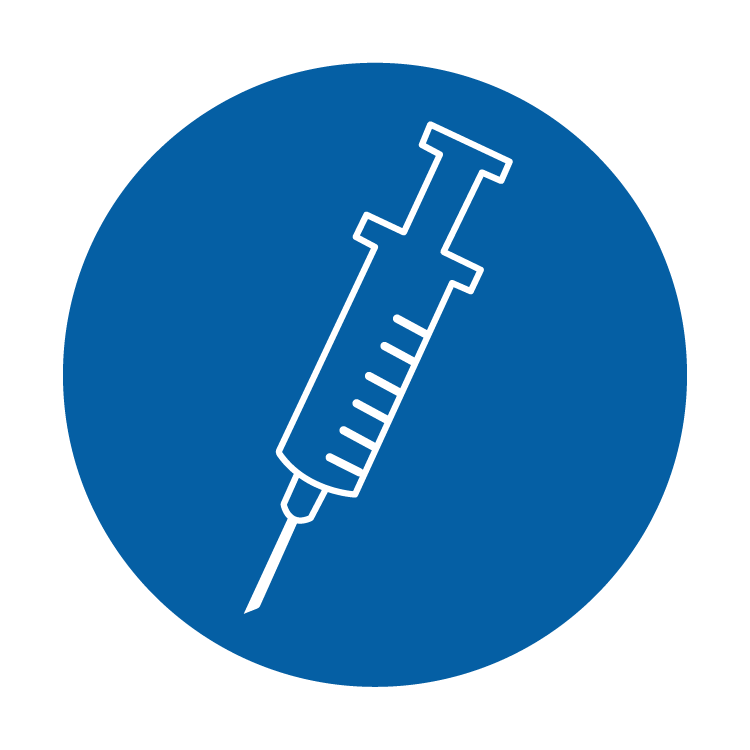Veterinarians
Veterinarians can help prepare for a foot and mouth disease (FMD) outbreak by using the resources in the SMS Plan and on this website to:
- Assist Biosecurity Manager(s) on dairy operations write operation-specific biosecurity plans.
- Train producers and designated cattle health monitors on the dairy operation to recognize abnormal production parameters or clinical signs suggestive of FMD.
Veterinarians can help during an FMD outbreak by:
- Inspecting cattle for evidence of FMD virus infection.
- Collecting or overseeing the collection of diagnostic samples.
- Oversee the usage of FMD vaccination in animals, if used.
- Reminding others that FMD is not a public health or food safety concern. Meat and milk are safe to eat and drink.




